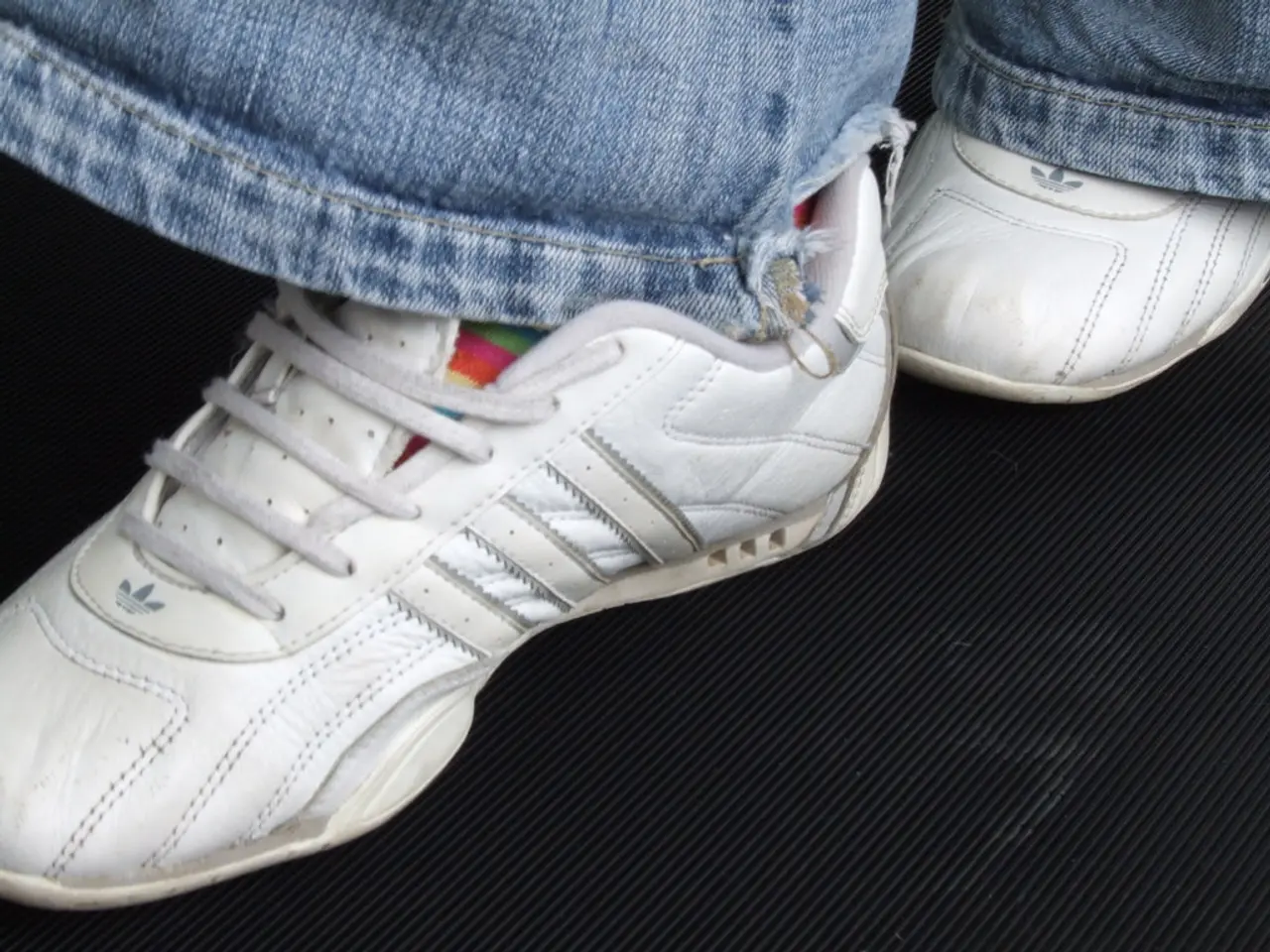Understanding Cyclic Edema: Its Definition and Characteristics
Managing Cyclic Edema: A Comprehensive Guide
Cyclic edema, a common condition that affects many people, particularly women, is primarily caused by fluid retention related to hormonal fluctuations, especially during the menstrual cycle. This article provides a list of lifestyle changes that can help manage the symptoms of cyclic edema.
Lifestyle Adjustments for Cyclic Edema Management
- Reducing Salt Intake: Excess salt promotes fluid retention, worsening swelling symptoms. To reduce your salt intake, limit the consumption of processed foods and opt for fresh ingredients. Aim for a sodium intake of less than 2,300 mg per day.
- Regular Physical Activity: Engaging in regular physical activity can significantly improve circulation and help manage cyclic edema. Low-impact exercises such as walking, swimming, or cycling can be particularly beneficial.
- Elevating the Legs: Raising your legs or arms above heart level several times daily can help reduce swelling and improve circulation.
- Wearing Compression Stockings: These garments provide support to swollen areas and promote better blood flow by applying gentle pressure to the limbs, which can help reduce fluid buildup.
- Maintaining a Healthy Weight: Excess weight can put additional pressure on your veins, leading to fluid retention. Maintaining a healthy weight through a balanced diet and regular exercise can help reduce the risk of cyclic edema.
- Adequate Hydration: Drinking plenty of water can actually help reduce fluid retention. Aim for at least 8-10 glasses of water a day.
- Sleep Habits: Elevating the head during sleep can aid fluid drainage and reduce morning puffiness, which can accompany cyclic edema.
- Herbs and Spices: Ginger and turmeric have anti-inflammatory properties that may help reduce swelling.
- Hydrating Foods: Cucumbers, watermelon, and oranges can help keep you hydrated and flush out excess sodium.
- Wear Comfortable Clothing: Opt for loose-fitting clothing that doesn't constrict your circulation. Tight clothing can exacerbate swelling, so choose breathable fabrics that allow for movement.
It's essential to remember that if you experience frequent episodes of cyclic edema, it's essential to consult with a healthcare professional. They can help identify any underlying conditions and recommend appropriate treatments or lifestyle changes.
Cyclic edema differs from edema caused by heart failure, kidney, or liver disease, but if swelling is persistent, severe, or accompanied by pain or other symptoms, medical evaluation is warranted to rule out more serious conditions.
In summary, cyclic edema results from hormonal and vascular changes causing fluid retention, and its symptoms can often be managed through dietary salt reduction, regular movement, leg elevation, compression, and good hydration. Adopting these lifestyle changes can help you manage cyclic edema effectively.




